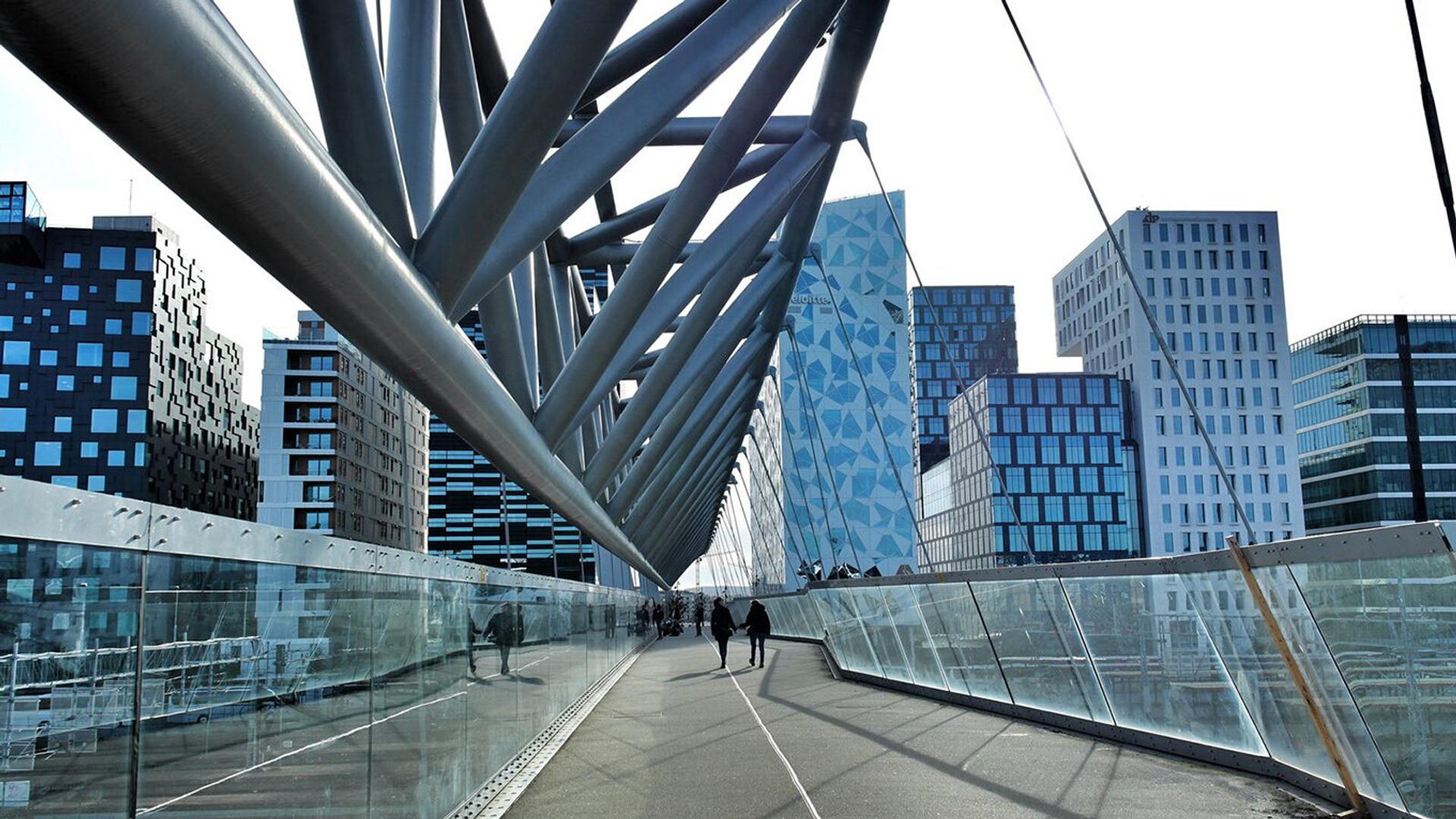How Norway is integrated into the European single market
Goods, services, capital and people move freely among Norway and EU countries, with very few restrictions.

“We receive many questions about whether EU rules and directives are implemented in Norwegian law. The answer is yes,” states Kjetil Haare Johansen.
Johansen is Partner and Head of Regulatory at the law firm DLA Piper Norway. He is an expert on the EEA Agreement, which links Norway, Iceland and Liechtenstein to the EU’s internal market.
The EEA Agreement declares that the Four Freedoms that underpin the EU – the free movement of goods, persons, services and capital – also apply in these countries, even though they are not members of the EU. It also means that Norway is obligated to implement EU rules and directives relating to competition, investments, labour, procurement and sale of services, banking and insurance, and trade in goods. The agreement also allows the EEA countries to participate in many of the EU’s comprehensive research, innovation and education programmes.
EU and EEA at a glance
- European Union (EU): an economic and political union between 27 European Member States (2020).
- European Free Trade Association (EFTA): a free trade association between Iceland, Norway, Liechtenstein and Switzerland.
- European Economic Area (EEA): a homogenous single market consisting of the EU Member States and Iceland, Liechtenstein and Norway.
- EFTA Surveillance Authority (ESA): an institution that monitors compliance with EEA rules in Iceland, Liechtenstein and Norway, enabling them to participate in the European internal market.
Free movement, with a few exceptions
This past winter DLA Piper Norway, with Johansen at the helm, put together a White Paper on Foreign Direct Investments in Norway, which highlights how Norway is legally aligned with EU standards on investments and market access.
“In my experience, there’s not much knowledge about the EEA Agreement outside of Europe.”
Kjetil Haare Johansen
DLA Piper Norway
“The agreement gives Norway a high level of predictability, ensures the same framework conditions for all EEA countries, and places few restrictions on foreign investment and trade,” explains Johansen.
In practical terms, the EEA Agreement means that the border between Norway and the EU is virtually irrelevant when it comes to most types of economic activity.
“Take personal privacy, for example. The General Data Protection Regulation (GDPR) applies exactly the same in the EEA as in the EU. Combined with the Four Freedoms, this means that the legal instruments that apply to storage and transfer of data and information to and from Norway are the same as those that apply in any EU country,” he says.
There are, however, two exceptions when it comes to free movement of goods.
“These exceptions apply to export and import of fish and agricultural products. Norway has its own rules here. But the exceptions do not apply to technology, equipment or services related to fisheries, aquaculture and agriculture – these can be traded freely.”
“In addition, there is no EEA Customs Union, although the rules of origin and customs treatment are harmonised with the EU’s.”
Separate institution monitors compliance
The EEA Agreement also contains mechanisms that ensure alignment between EEA rules and EU rules. When the EU adopts new directives, these are sent to the EEA Committee, which is responsible for approving the implementation of the directives in the EEA countries.
Once this is done, the authorities in each EEA country must update national internal law to align with the EU’s. According to Katrine Lillerud, Lead Lawyer and a member of the EEA team at DLA Piper Norway, this “detour” has little influence on the legal outcome.
“The main ramification of this system is that sometimes there’s a bit of a delay before individual EU rules are implemented in EEA countries,” she says.
She further explains that there are separate security mechanisms in place to ensure that EEA rules do not deviate from the EU’s.
“The EFTA Surveillance Authority (ESA) ensures that EU regulations and directives are implemented correctly in the EEA Member States.”
Katrine Lillerud
DLA Piper Norway
“ESA informs the EEA countries when this is considered unsatisfactory. ESA can also refer legal disputes to the EFTA Court,” explains Lillerud, who has work experience from ESA.
Foreign stakeholders can therefore rest assured that they will not encounter any surprises when it comes to framework conditions for investments in Norway.
“Norway has consistently and successfully implemented EU directives. We’re even better than many EU countries at introducing EU rules,” concludes Johansen.
